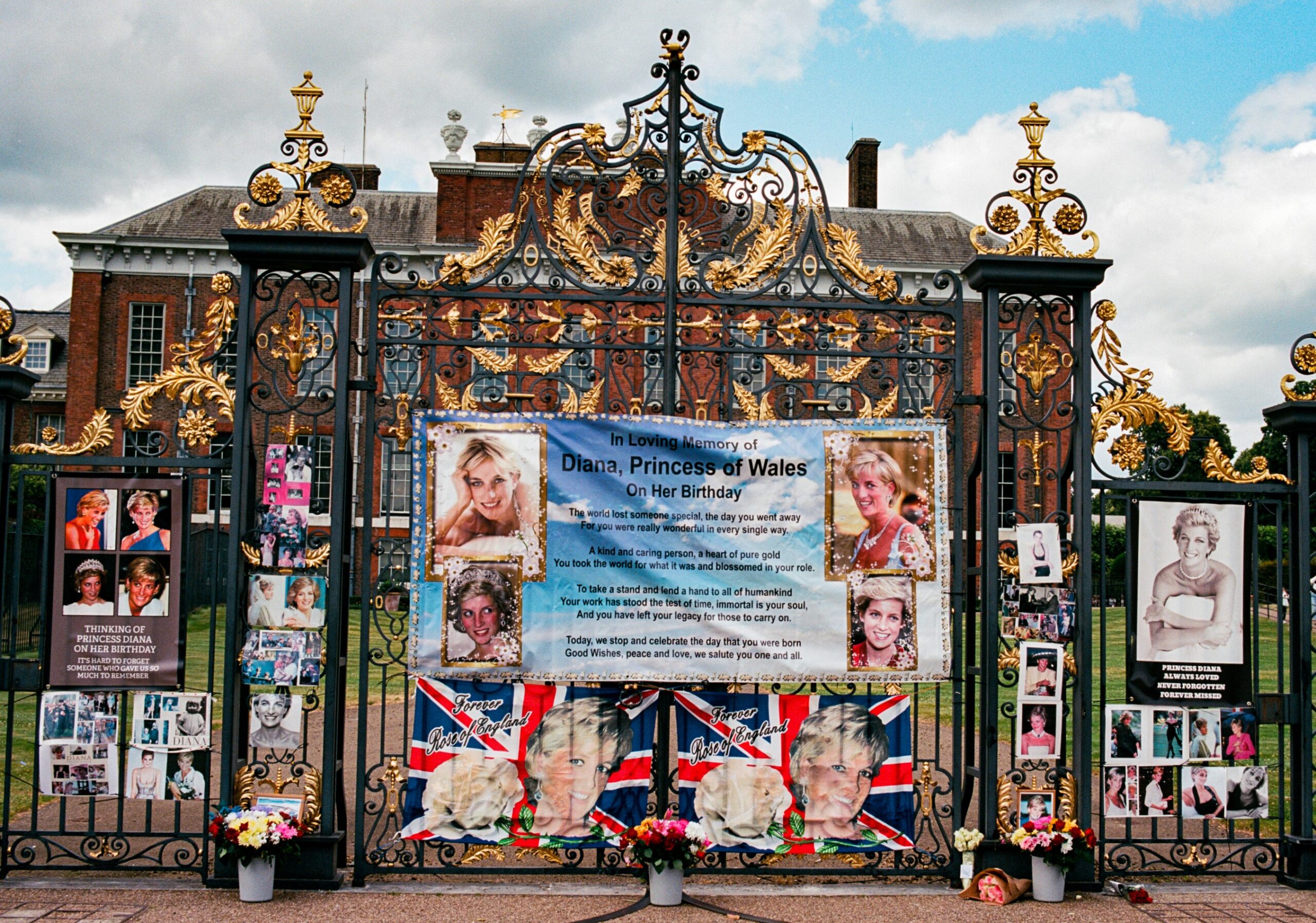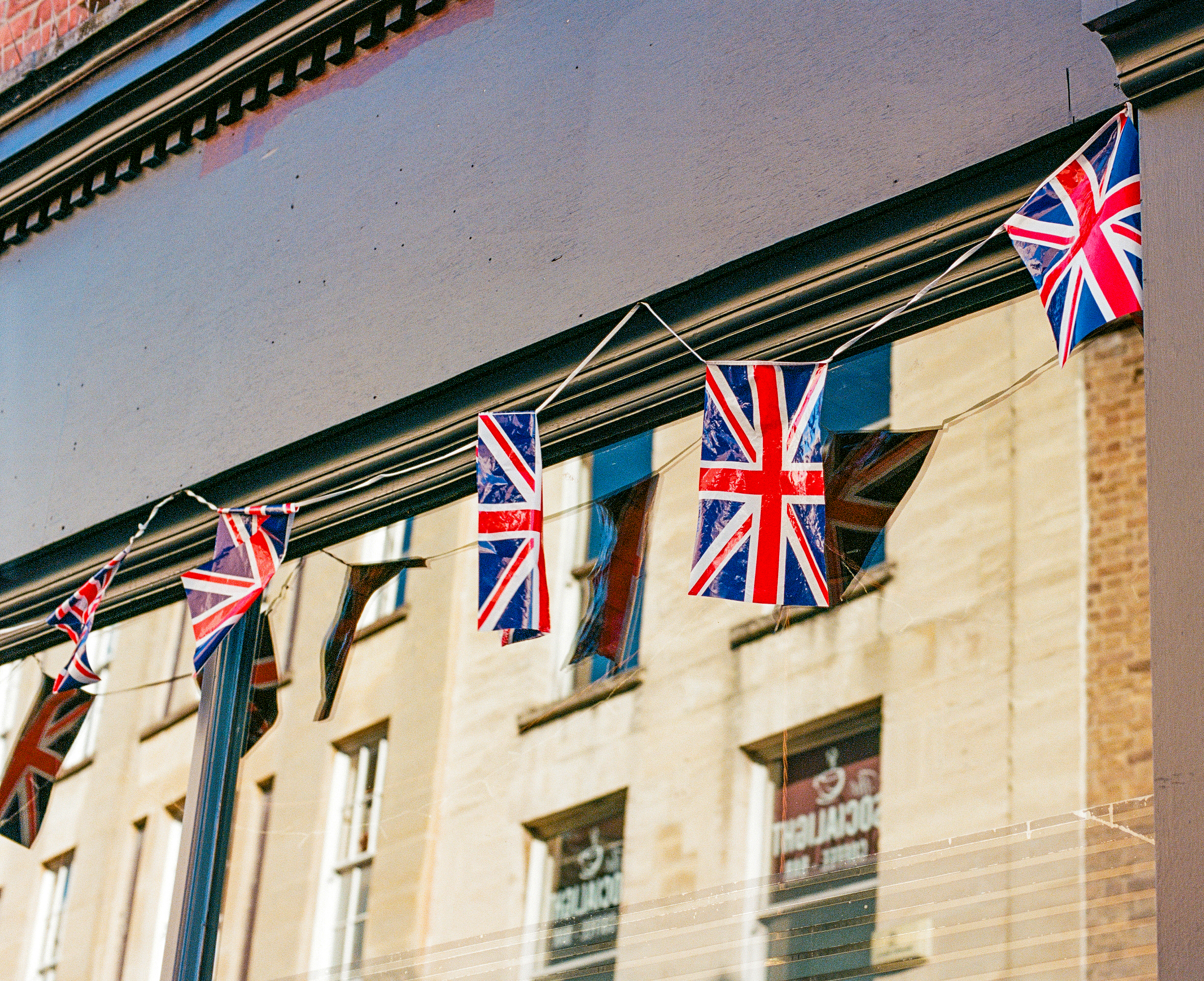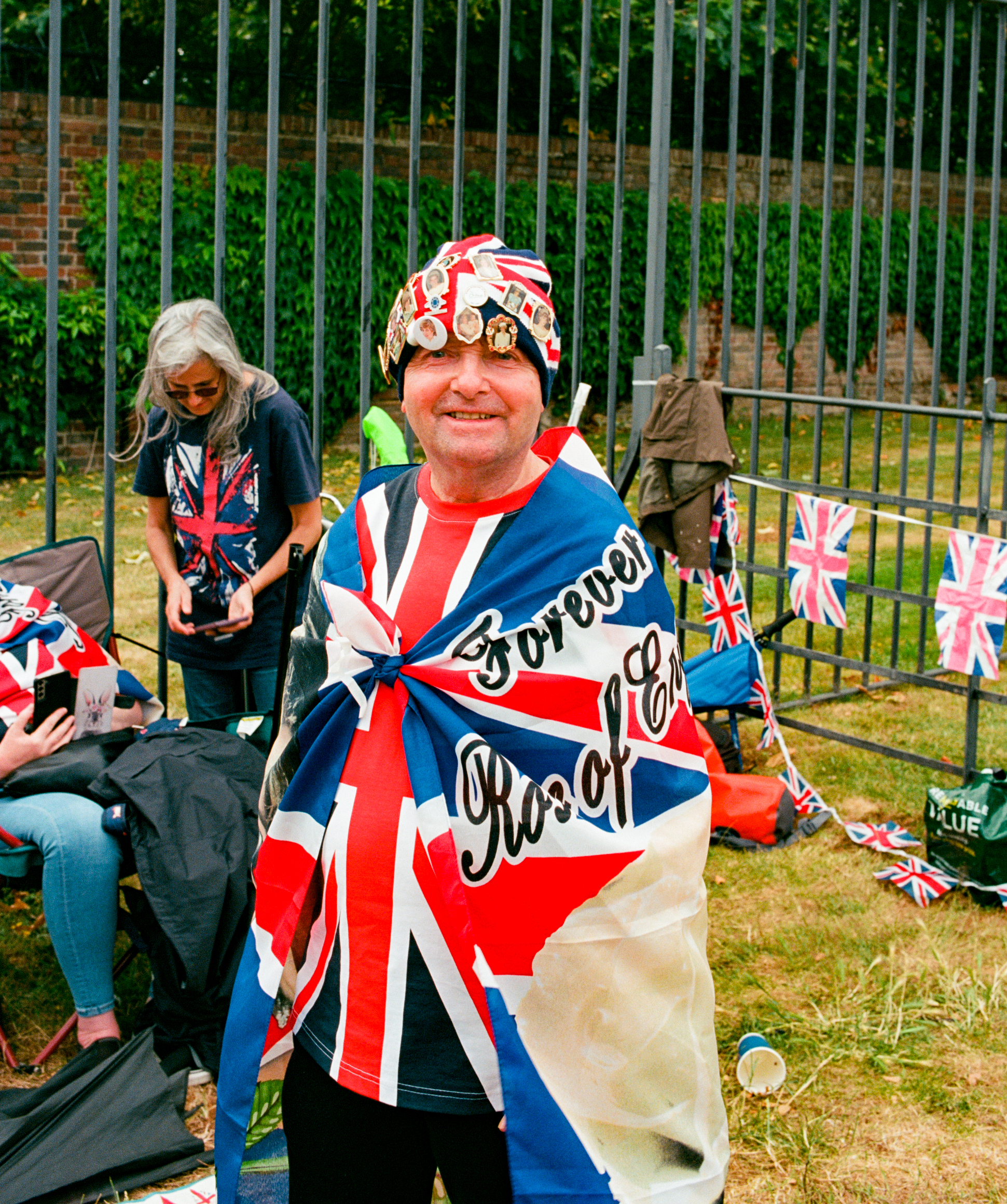Cultivating the Photographic Eye – Pictures That Tell Stories is a column exploring the divine in so-called humanist photography from the street to sacred. Photography gives us the ability to see God’s craftsmanship in a clear and insightful way, and that’s what we aim to pursue here. We’ll combine images with the written word to focus primarily on stories and themes that give us a glimpse into the tapestry of God’s creation that would be too expansive for us to see in one setting otherwise.
![]()
The first time I ever picked up a camera in college, I knew I wanted to be a photographer. The harsh reality of college economics at the time trumped my photographic aspirations, however. Unable to afford the gear I needed to study photography, I switched my focus, as those early ambitions seemed to wither on the vine. As it played out, my pent-up dream of pursuing documentary or photojournalism would only blossom decades later.
I spent the better part of my early career working as a footloose wire journalist in South America. After relocating back to the US with my family, I wrote for a European media group covering Latin America and the region. That is where my love of photography was resurrected. As a US-based print journalist, I had to do my own photography. The only marching orders I was given from Oslo and London were: “Get interesting pictures.”
From snow-capped hillocks on a Sioux and Assiniboine reservation in Montana to remote mangrove-choked coastal lands in South America’s Suriname, that’s what I tried do. Other than a vague mandate for ‘interesting photos,’ I had no idea what I was doing.
I simply pursued images that told a story.
Eventually the changing economic realities and the disintegration of ‘old school journalism’ offered new opportunities covering the region in a more data-driven role. One that offered travel both to the region and elsewhere. The camera became my traveling companion. Photography in my post-journalism career began as a way of keeping me out of the hotel bar and dealing with the loneliness of long-distance travel. But it soon grew into something new and exciting even as I began to find outlets for my short fiction.
To be sure, over the past decade, my photography has evolved. The French word flâneur sums up what I enjoy most. Rambling city streets and “loafing about” aimlessly in urban environments with a camera in hand allows me to document everyday life where the mundane is magical and the gritty is glamorous.
Photography is about presence, even from a distance. For the unbeliever, I hope my documentary photography and street reportage provide a glimpse into the complex landscape of faith. And for the believer, I hope my pictures provide a window looking outwards to a world seeking beauty and truth.
![]()
Allow me to offer you a glimpse from a recent trip to London and the images that came out of it. I call this “Long Live the King, Sort Of: A Picture of England”.




![]()
I shouldn’t be here sweltering in one of the UK’s worst heat waves on record. In fact, I was supposed to be cruising at around 35,000-feet over the Atlantic in a climate-controlled jetliner binge-watching the hit series Yellowstone. But thanks to a cancelled flight home, instead I’ve found myself facing a Union Jack festooned John Loughery, a celebrity of sorts among die-hard British monarchists.
The recent extreme weather event in the UK sent scores of panting Londoners to seek shelter—and Wi-Fi—in air-conditioned coffee houses. Not Loughery. Heat warnings be damned, nothing could keep him from the famed golden gates of Kensington Palace, the former residence of Princess Diana. This self-confessed “superfan” of Lady Di has braved all kinds of bad weather just to catch a glimpse of members of the British royal family.
The former hotel cook has made it his vocation to spend foot-aching hours in wait to herald the birth of future kings and mourn the passing of beloved British monarchs. But the July gathering holds special significance for Loughrey and others in a tight-knit clan royal family watchers.
Loughery and the others are preparing for Lady Di’s July birthday, and perhaps more poignantly, the August anniversary of her death in Paris. Diana and her paramour Dodi Fayed died in a car crash as they fled paparazzi 26 years ago.
Stocked with beverages, snacks, and tobacco, Loughery and other royalty obsessed Brits like Sky London and Maria Scott staked claim to a corner just outside the gates of the royal residence where Diana’s son, Prince William, and his family currently reside. Handmade banners and pictures of the deceased Princess of Wales cover the gateway of the royal residence.
“We’ve come to remember Diana,” Loughery tells me, a ‘Forever, Rose of England’ British flag draped over his shoulders in honor of the dead princess. “I’m her biggest fan.”
I haven’t seen London this crowded since before the COVID-19 pandemic. Despite the recent heatwave, starry-eyed tourists crowd Westminster, London Eye and Trafalgar Square.
After a day of glorious and aimless flâneur, I found myself face to face with these fans of the royalty.

Loughery is easy-going and ready to pose for the camera. He points to his Union Jack sock-hat studded with commemorative pins and badges. He’s most proud of a recent acquisition that bears the royal flourish of her signature.
“She was a treasure,” he says. Maria and Sky agree from the sidelines.
Prince William, and his wife Kate, now the Prince and Princess of Wales, and their children George, Charlotte, and Louis, call the palace home.
Loughery talks about the next in line to the British throne in glowing terms. “He’s a lovely person.”
Prince William once ventured out of the palace to thank Loughery and the others for remembering his mother on her birthday. “In flesh and blood,” Loughery says with a wide grin. “He came and greeted us.”
Despite Loughery’s zeal for the monarchy, broader public support may be on the wane after Queen Elizabeth II, the UK’s longest reigning monarch, died in 2022. The newly crowned King Charles III and his wife Camilla, Queen Consort, do not seem to inspire the same public affection that his mother, or even the dead Diana, did. Charles appears moody and aloof.
A recent study by the UK-based National Centre for Social Research (NatCen) indicates a clear decline in support for the British monarchy. In every year that data was collected on the British Social Attitudes survey between 1983-2023, a majority of the public have consistently said it is important for Britain to continue to have a monarchy, NatCen research showed. “However, those who deem the monarchy to be particularly important has dropped to its lowest point of 29%,” NatCen reported.
That doesn’t mean the royal family has lost its star power at home and abroad. About 10.3 million people alone in the US watched King Charles III coronation, according to the media data company Nielsen. As a longtime visitor to the island, I too can sense a perceptible seismic shift. But as for the future of the British monarchy, as the tired cliché goes…only time will only tell.
After a few more pics of Loughrey and his friends, I turn to leave. I have dinner plans with an Irish friend and his Salvadorian wife at a Venezuelan restaurant in South London’s Little Portugal. Dear Lord, what’s not to love about London?
As I leave the park, almost every open space is carpeted with groups of friends and families resting on the soft green grass. Despite the recent temperatures, they’ll take in as much vitamin D as they can before London’s notoriously fickle weather changes and cloudy skies and rain showers choke out the sun’s rays.
Support for the monarchy may erode, but today at least, the heat has subsided with the sun arcing west. Soft white clouds embroider a blue horizon, and over my shoulder the setting sun casts a molten glaze on the palace gates, helping to frame this picture of England.
![]()
Photographer’s Kit
Here’s the gear I use for this kind of street photography. The move to digital photography hasn’t captivated me, so I still shoot real film. Kodak Ektar 100 film is known mainly for landscape photography, but I find it to be a visually pleasing medium for street photography. Paired with the Nikon F3 camera, the film offers saturated reds and vivid blues. And while film has become so popular of late—due to nostalgia and the mindfulness of film photography—I have found Ektar to be a happy medium in capturing rich colors like the poppy reds and deep royal blues of England. The F3 and Ektar film create color popping combo, while the lens maker Voigtlander gives even highly coveted Lecia glass a run for the money. I use only prime lens with a fixed focal lens. Given my obsession for traveling ‘tight and light,’ my Voigtlander 40mm F2 lens packs quite the punch. Compact and versatile, I’ve used it for landscape, family, portrait and street reportage.
![]()
The featured images are courtesy of Tommy Darin Liskey and are used with his kind permission for Cultivating.
Tommy Darin Liskey was born in Missouri but spent nearly a decade working as a journalist in Venezuela, Argentina and Brazil. He is a graduate of the University of Southern Mississippi. His poetry, fiction and non-fiction has appeared in The Red Truck Review, Deep South, Driftwood Press, Biostories, Spelk, Heartwood among others. His narrative and documentary photography has been published in The Museum of Americana, Change 7, The Blue Mountain Review, Cowboy Jamboree, Literary Life and Midwestern Gothic, among others. He lives in Texas with his family.
“I take a more documentary approach to photography, using the camera to explore faith in images, and hopefully, the human story, through unplanned street portraits of people I meet in my both my travels, and everyday life. As both a writer and photographer, I believe my calling is to be present. I pray that God choreographs the rest.”
Leave a Reply
A Field Guide to Cultivating ~ Essentials to Cultivating a Whole Life, Rooted in Christ, and Flourishing in Fellowship
Enjoy our gift to you as our Welcome to Cultivating! Discover the purpose of The Cultivating Project, and how you might find a "What, you too?" experience here with this fellowship of makers!


Add a comment
0 Comments